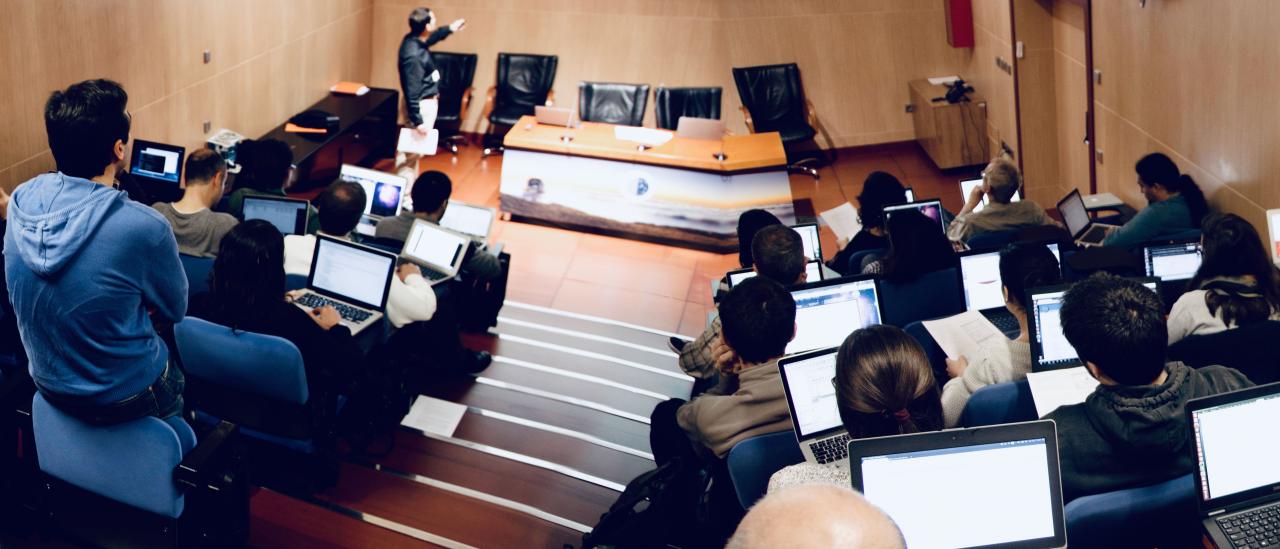The formation of Milky Way-mass galactic disc structure in cosmological simulations
Recent years have seen impressive development in cosmological simulations for spiral disc galaxies like the Milky Way. I present a suite of high-resolution magneto-hydrodynamic simulations that include many physical processes relevant for galaxy formation, including star formation, stellar evolution and feedback, active galactic nuclei and magnetic
Dr.
Robert Grand
Aula
21 Apr 2022 - 10:30 Europe/London
Past
Talk Video
